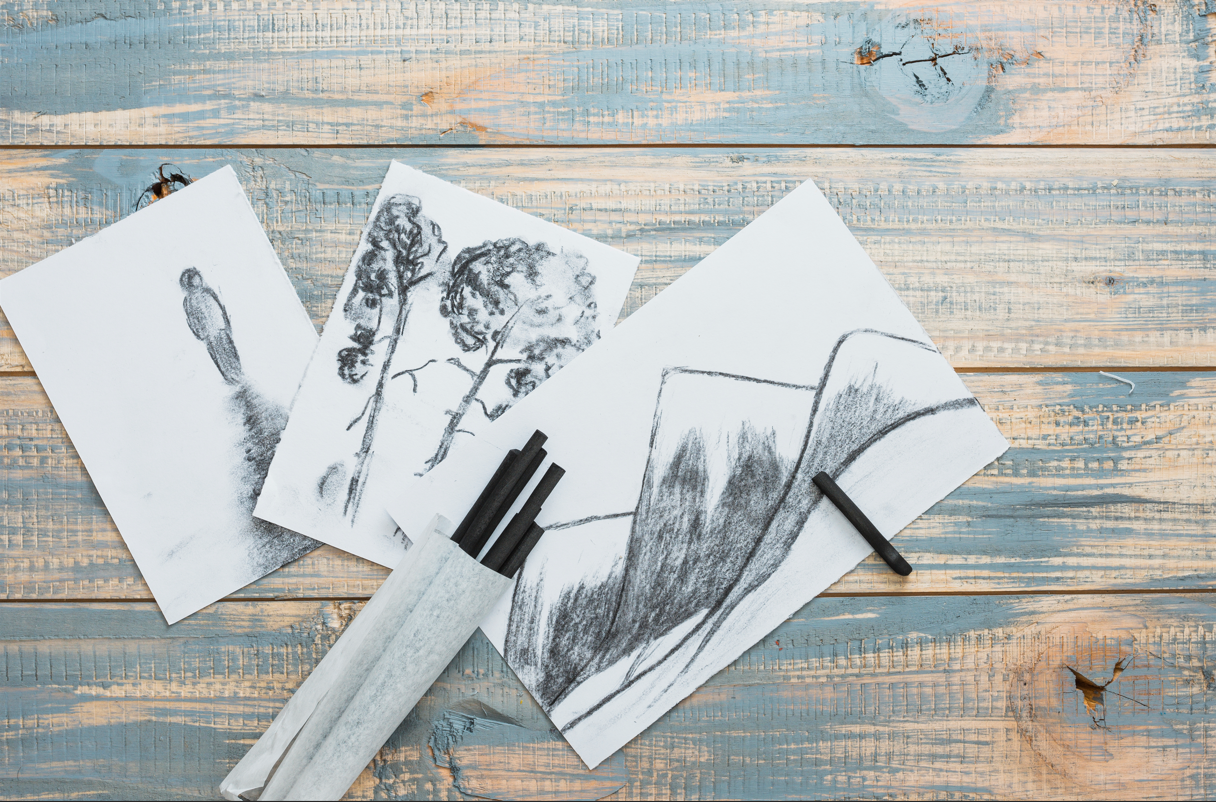How can you print photos on Archival Media
 Leave a Comment
Leave a Comment
Archival media prints are the preferred mode of prints for artists and art collectors who wish to store or ‘archive’ their images for long periods. In photography, too, many instances call for the pictures to be preserved for long. Photos of events of public interest offer a case in point. Pictures of celebrated photographers are another example.
However, not any print surface can be used to produce Archival Media Prints. Both the ink that is used and the print surface are equally important. Let’s look at the importance of these two elements in producing archival-quality photo prints.
Ink
Typically, two different types of inks are used for printing images: dye-based and pigment-based inks. Of these, dye-based inks are the most commonly used. However, over some time, these inks alter or fade in colour. This makes them less than suitable for archival media prints. Also, the inks are typically water-based, rendering them susceptible to damage from water. You need to seal the prints in a sealed and environment-controlled space to keep them in a pristine condition for a long.
Given how that’s not always practical, pigment-based inks form a terrific alternative for printing photos. These inks are composed of fine particles which are suspended in liquid. This ensures that the colours in the prints are resistant to fading or degradation over time. Certain pigment inks could last without fading for over a century. Another advantage of pigment inks is that you can get an accurate colour reproduction of the Fine Art Photograph. This is especially important with artistic photos where the true beauty and emotional content may not be communicated clearly without the proper colours. So, to get archival media prints, always opt for pigment-based inks.
Print surface
The print surface or the paper is the second important element in creating archival media prints. Archival papers are designed to produce high-quality prints that last for a long duration without any degradation. To begin with, archival papers are acid-free. As you can imagine, the acid content in a paper accelerates its degradation. In its absence, the paper tends to last longer. But it’s not just acid which these papers are devoid of but also ligin. This prevents these papers from yellowing even over long periods.
However, a paper doesn’t become archival quality just by being acid-free and ligin-free. For that, the composition of the paper is also important. Generally, archival papers are made of cotton fibres or alpha-cellulose fibres. Compared to typical raw materials for papers like wood pulp, these materials are way more durable. This in turn helps the print remain sturdy without deterioration for a long time.
So, to print photos on archival papers, ensure that you use pigment-based ink and that the paper is of true archival quality. Some service providers use the term ‘archival’ rather loosely to mean any acid-free paper. But that is not the case. As mentioned before, being acid-free is only one part of what makes a paper archival in quality. You should also look at the material with which it is made. Such information would be provided by the manufacturer- usually in the packaging. If you need clarity regarding the same, relevant information can usually be found in the manufacturer’s website.
Bonus tip- to preserve archival photo prints
To ensure that your archival photo print lasts for the longest possible duration, display it in a space that is never directly exposed to sunlight. Over some time, the sun’s rays could have adverse effects on even the best-quality prints. Also, you can consider framing it behind UV-blocking glass to shield it from the effects of ultraviolet light.
Leave a Reply
Your email address will not be published. Required fields are marked *


